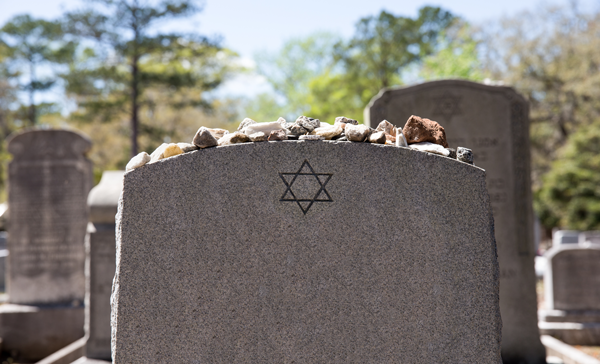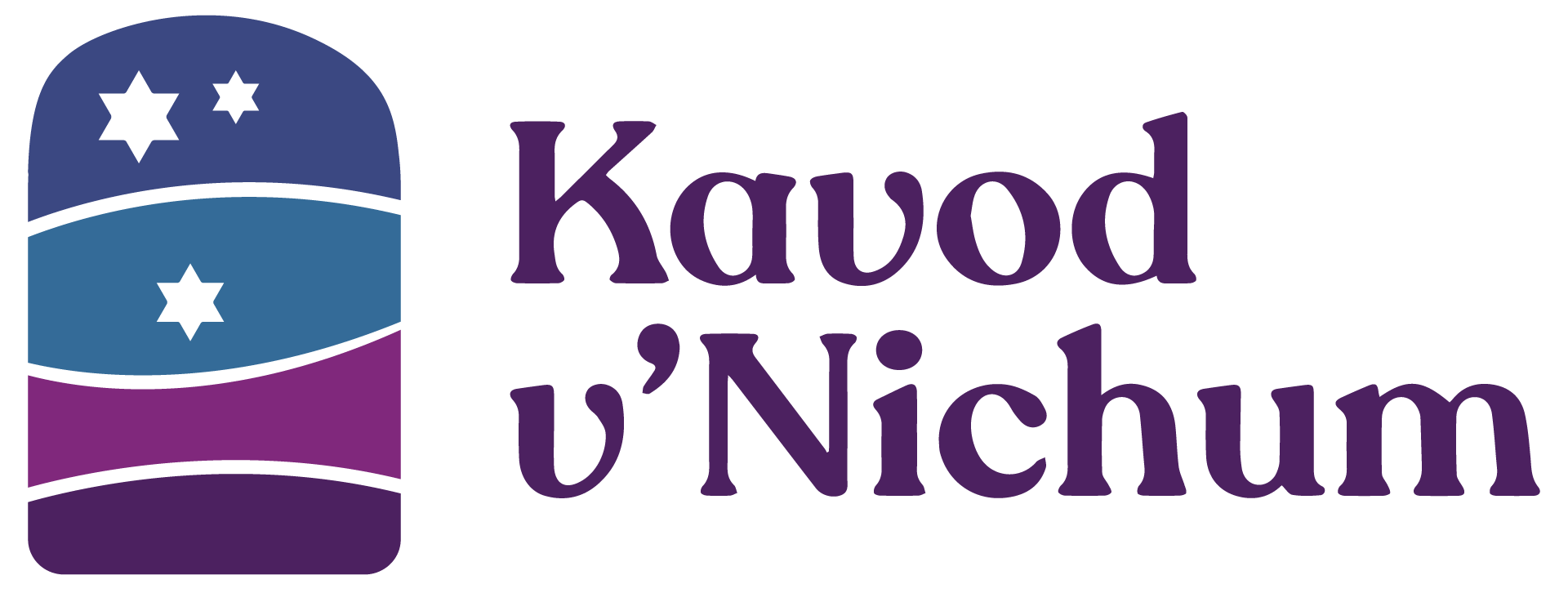This is an excerpt from a resource that was written for the International End of Life Doula Association (INELDA) by Karina Totah and Sarit Wishnevski and is designed to be a guide for Doulas who are seeking wisdom about Jewish end-of-life rituals. Click here to read the full resource.
Rituals allow us to bring to light our values and our relationships so that we may deepen these connections and share their importance. Judaism, like many other religions, is full of rituals that mark time and transition; specifically, Judaism provides a unique framework for the end of life, including the dying process, funeral and burial, and the grief journey.
We want to convey in this article not only terms and definitions but insight into how these rituals and framework can be adapted for modern interaction. We share these insights from our two separate, diverse backgrounds, as well as our religious practice at two different levels of observance.

Two underlying tenets to be aware of:
From illness through mourning, the community is ever-present. There is a sense of communal responsibility to care for one another, both in moments of joy and in moments of sorrow.
There are many opportunities for participation. Judaism encourages hands-on participation and invites people to engage not just with our minds and with prayer, but with our physical presence as well.
Judaism is an ancient religion but still a living religion. It moves with time, updating to be connective and respond to modernity. It also allows us to question, grapple, and find personal meaning. We invite you to think about the balance between tradition and innovation. How might we understand what these rituals are and where they come from while creating modern connections and meaning for those who engage with them today?
